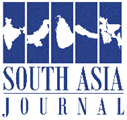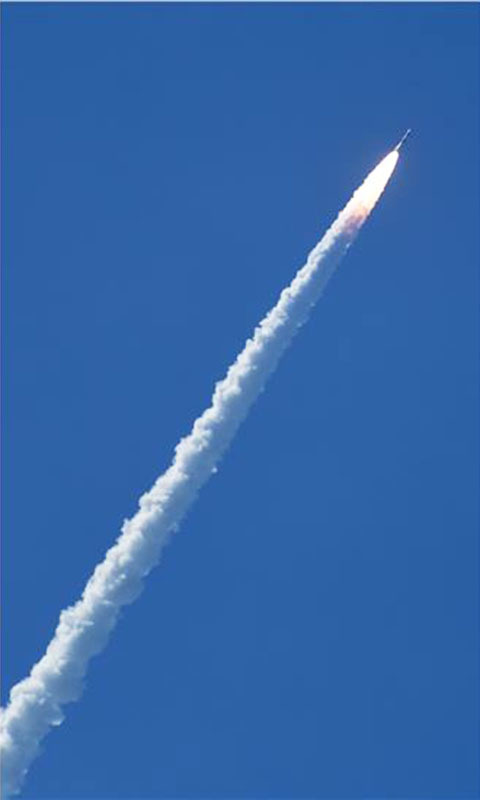Asma Khalid
South Asian security landscape tends to comprise of belligerence, increasing arms race, potential changes in nuclear strategies or doctrines, and absence of nuclear risk reduction measures. These factors have urged the security strategists to analyze the risks of ‘shifting strategic logic’ and ‘growing military capabilities’ of India. Recent debates on South Asian security strategy revolves around Indian nuclear policy and has garnered much attention of the global community. India’s nuclear policy can be discussed in the light of emerging twin pillars of ‘pre-emptive nuclear strike’ and ‘strategic ambiguity’.
The debate gained impetus after India’s renowned strategist Vipin Narang’s address at the Carnegie International Nuclear Policy Conference held in March 2017 in Washington, DC. While citing the book by India’s strategist; B.S. Nagal and India’s Former National Security Adviser Shivshankar Menon, he stated that “increasing evidence that India will not allow Pakistan to go first. And that India’s opening salvo may not be conventional strikes trying to pick off just Nasr batteries in the theater, but a full ‘comprehensive counterforce strike’ that attempts to completely disarm Pakistan of its nuclear weapons so that India does not have to engage in iterative tit-for-tat exchanges and expose its own cities to nuclear destruction”.
Such statements indicate that new trends are emerging in India’s nuclear strategy as it is moving towards a ‘first-use’ or even a ‘first-strike nuclear strategy’. India’s nuclear doctrine is based on the ‘strategic ambiguity’, therefore it has been anticipated that India is shifting its nuclear strategy towards ‘counterforce targets’ rather than ‘counter value targets’. The second emerging trend is that India is moving towards the strategy of “First Use” or “Preemptive strike” from the “No-First Use strategy”.
In this context, an equally important issue that needs to be explored is how credible are the Indian claims of shifting its nuclear strategy? Many analysts have maintained that “counter force strike” is not possible in existing scenario, for India has to achieve substantial numerical superiority over Pakistan. However, once cannot ignore an important factor that India’s massive military buildup gives clear message that it is working on indigenous intelligence, surveillance and reconnaissance capabilities along with enhancing its defence co-operation with the United States, Russia, Japan, Israel and other global arms importers. Moreover, in this regard another important development is that India also got the membership of Missile Technology Control Regime (MTCR). Membership of nuclear cartel will naturally add to India’s Space and Missile Programs.
Subsequently another aspect that arises in Pakistan’s strategic calculations is if India’s shift to counterforce or first-use strategy is surprising for Pakistan? It is not the first time that India’s ‘No-First Use’ has become the topic of controversy. So, it’s neither surprising for Pakistan nor to the regional security planners.
‘No First Use’ means that state won’t use nuclear weapon capability during a conflict and will relay on its conventional capabilities during a conflict. India’s current developments: Ballistic Missile Defence System (BMD) and Submarine launched ballistic Missile has the ability to destabilize deterrence. These military buildups of India have forced Pakistan to acquire Second Strike Capability to ensure its surveillance and credible deterrence. Additionally, in order to implement ‘pre-emptive nuclear strike”, India has to increase its nuclear stockpiles as well as high level of readiness, accuracy to increase response to impose splendid strike.
Such dynamics will bring multiple implications for South Asian stability: First, to implement ‘counter force strategy’ instead of ‘counter value’ will demand India to increase its nuclear stockpiles which will enhance vertical proliferation leading the arms race on positive trajectory in region; Secondly, it will reduce the probabilities of Confidence Building Measures (CBMs) and establishment of strategic arms control regime in the region; Thirdly, on the regional security contours, India’s hint of shifting nuclear strategy will set off serious implications on deterrence stability leading towards the dangerous crisis instability.
However, India’s vague nuclear strategy, hints of doctrinal shift to ‘First Use’ from ‘No-First Use’ is raising the strategic ambiguities. These dynamics will stimulate the ‘use them or lose them’ dilemma as well as destabilize the deterrence posture of the region. Under such scenario, Pakistan needs to take numerous measures to enhance its nuclear deterrence: First, Pakistan should maintain assured second-strike capability; secondly, development of offensive and defensive cyber-warfare capabilities and anti-ballistic missile systems can demonstrate assured deterrence stability and peace. South Asia demands a pragmatic approach of conflict prevention and parallel processing of bi-lateral disputes through initiating sustainable channels of communication. To conclude, it is imperative that nuclear doctrines should be transparent to avoided miscalculations. Viable strategy in this regard would be the development of nuclear risk reduction measures.



0 Comments
LEAVE A COMMENT
Your email address will not be published